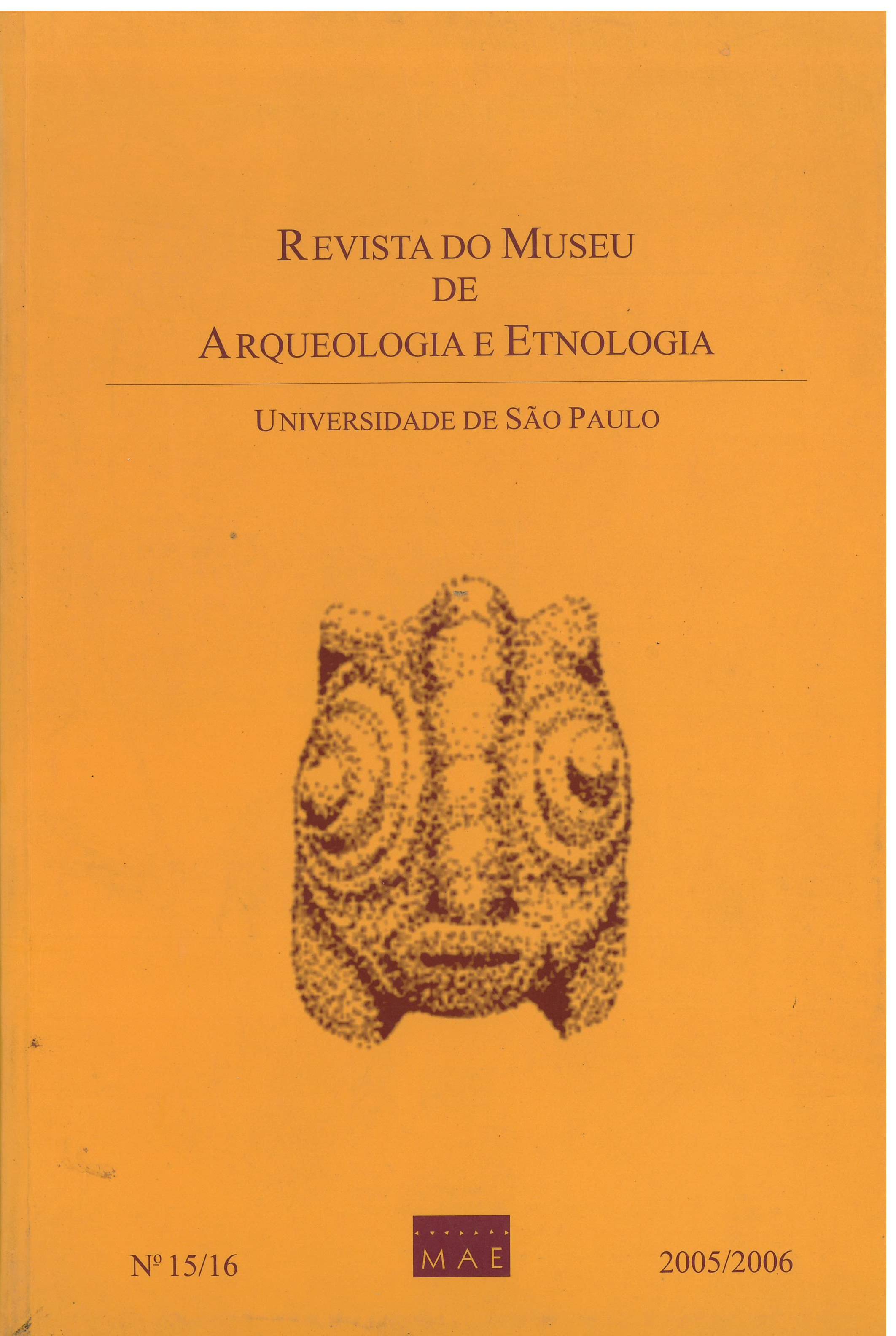Auditory exostoses as an aquatic activity marker in coastal and inland skeletal remains from Brazil
DOI:
https://doi.org/10.11606/issn.2448-1750.revmae.2006.89718Keywords:
Shellmound, Lagoa Santa, Botocudo, Bioarchaeological markerAbstract
Auditory exostoses are usually considered as a marker for aquatic activity aquatic marker in bioarcheological studies. The analysis of 651 right meatii from prehistoric and extant skeletons from 107 coastal and inland native Brazilian groups revealed very low frequency of auditory exostoses in the inland groups (zero to 0.03), while the frequency of auditory exostoses in the coastal groups (with intense aquatic activities due to their subsistence pattern based on marine resources) ranged from zero to 0.58. These differences might be explained by the combination of water and atmospheric temperatures in conjunction with wind chill effects. Therefore, the use of auditory exostoses as a marker of aquatic activity in coastal groups of tropical and subtropical regions must be performed cautiously, once it does not necessarily develop in all groups with the same frequency.Downloads
Download data is not yet available.
Downloads
Published
2006-12-14
Issue
Section
Articles
License
Copyright (c) 2006 Maria Mercedes M. Okumura, Célia Helena C. Boyadjian, Sabine Eggers

This work is licensed under a Creative Commons Attribution-NonCommercial-NoDerivatives 4.0 International License.
How to Cite
OKUMURA, Maria Mercedes M.; BOYADJIAN, Célia Helena C.; EGGERS, Sabine. Auditory exostoses as an aquatic activity marker in coastal and inland skeletal remains from Brazil. Revista do Museu de Arqueologia e Etnologia, São Paulo, Brasil, n. 15-16, p. 181–197, 2006. DOI: 10.11606/issn.2448-1750.revmae.2006.89718. Disponível em: https://journals.usp.br/revmae/article/view/89718.. Acesso em: 10 jun. 2024.













